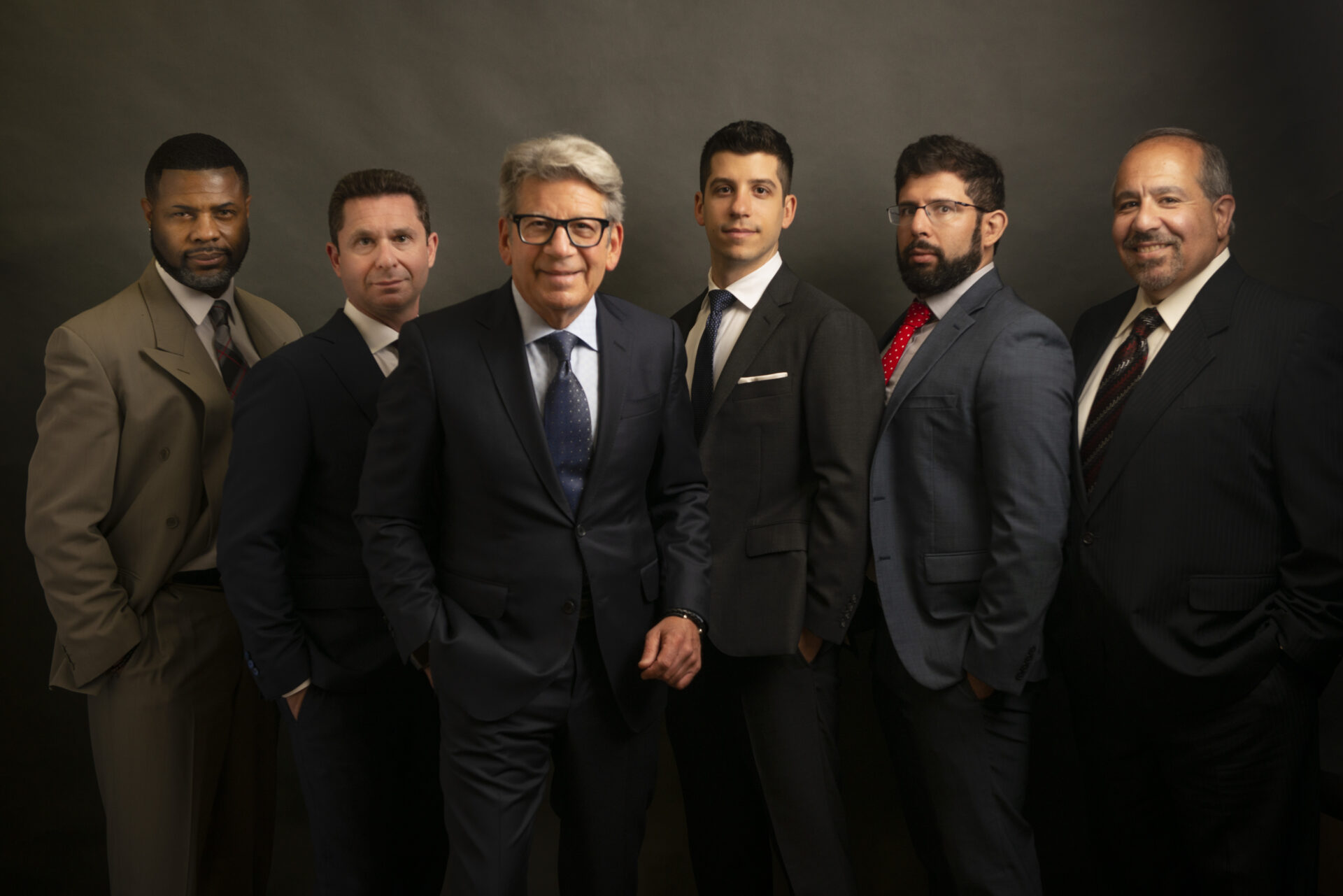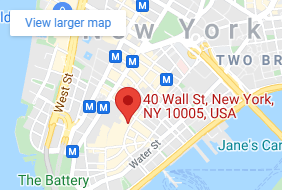Witnessing a car accident can be shocking, particularly if it results in serious injuries or property damage. But if you’re a New Yorker, then chances are you’ll witness a collision at some point. The state of New York reported 447,021 crashes in 2019. Car accidents are especially common in major urban centers like New York City, so knowing what to do if you happen to witness a collision is crucial.
As awful as they might be to witness, car accidents require a cool and collected response from bystanders. The seriousness of the accident will determine the nature of your response, but there are several steps you can take immediately to help the motorists involved in the accident until emergency responders arrive on the scene.
If you have questions about your legal rights and responsibilities when an accident occurs, then consult with one of our experienced New York City car accident lawyers at Finz & Finz, P.C. as soon as possible.
Ensure Your Own Safety
If you witness a crash, the first thing you should do is turn on your hazards and pull over to the side of the road, and make sure that you maintain a safe distance between your vehicle and the accident. There are many hazards at accident scenes, including fuel, fire, toxic chemicals, debris, and shattered glass. In addition, a car accident can quickly turn into a bigger pileup if other vehicles approaching the crash fail to stop in time.
It is generally recommended that you park at least 100 feet away from the scene of the accident. The last thing you want is to put yourself in danger as well by exposing yourself to toxic fumes, debris, or being involved in a secondary crash.
Call 911
Call 911 as soon as possible. There may be other bystanders or motorists who have stopped near the scene of the accident. You should never assume that another motorist or bystander has already called for emergency services to come to the scene.
When you speak to the 911 operator, be sure to provide as much information about the scene as you can. Make sure you note the location of the accident, the number of vehicles involved, and other relevant information. Even if an accident doesn’t seem serious, you should still call for help.
Render Aid to the Victims
Once you have called 911 and ensured that the scene is safe to approach, check on the victims. If you can render assistance, then do so. Don’t concern yourself with trying to determine who was at fault. Law enforcement will make an initial determination of fault when they write their report. Focus on the victims of the crash.
If any victims appear to be injured, especially if the injuries are serious, do not move them. Wait for emergency responders. You should only move crash victims if not doing so places them in imminent danger, such as if there is a fire at the scene. Even if you only intend to help, moving crash victims could make their injuries worse. Emergency responders will know how to maneuver crash victims in a way that does not exacerbate their injuries. The best thing that you can do is provide reassurance to the crash victims and let them know that help is on the way.
Secure the Scene
For minor accidents, speak to the driver of the vehicle that was hit and ask them to turn the vehicle off. This will reduce the risk of a fire breaking out, because the crash may have caused a fuel or oil leak somewhere in the vehicle.
If you’re able to, ask a few other bystanders or motorists at the scene to help you push the vehicle to the roadside. This will protect the vehicle and victims from further harm by moving them out of the way of approaching traffic and will provide emergency personnel with space to park their vehicles. You may also want to station someone to warn oncoming traffic of the accident.
Provide a Statement to Law Enforcement
When law enforcement arrives on the scene, they will write a detailed report of the accident. In this report, they will include witness and bystander testimony and contact information. This information may be extremely useful later on to victims of the accident who are trying to claim compensation for their injuries and other damages. Do your best to provide an accurate and detailed account of what you witnessed to law enforcement.
Provide Witness Testimony
Although you will initially provide testimony to law enforcement at the scene for their report, it is possible that your testimony could be required as part of an insurance claim or personal injury lawsuit. This is another way that you can help victims of the crash in the weeks and months that follow. It’s a good idea to record some notes and take photos and videos at the scene, which will enable you to more easily remember details about the accident when you are called upon as a witness.
Contact a New York Car Accident Attorney
The best thing that you can do for victims of car accidents is to remain at the scene, call for help, try to secure the scene, reassure the victims that help is on the way, and provide testimony for the police report. Your objective account of what occurred can be incredibly beneficial to injured victims later on.
If you witnessed a car accident in New York City, feel free to contact one of our experienced and knowledgeable car accident attorneys at Finz & Finz, P.C. on Long Island, NY to learn more about your rights and obligations as a bystander. If you are required to provide testimony to medical or legal authorities, our attorneys can help guide and advise you to ensure that your rights are protected throughout the process. Contact us for a free consultation at your earliest convenience.





























